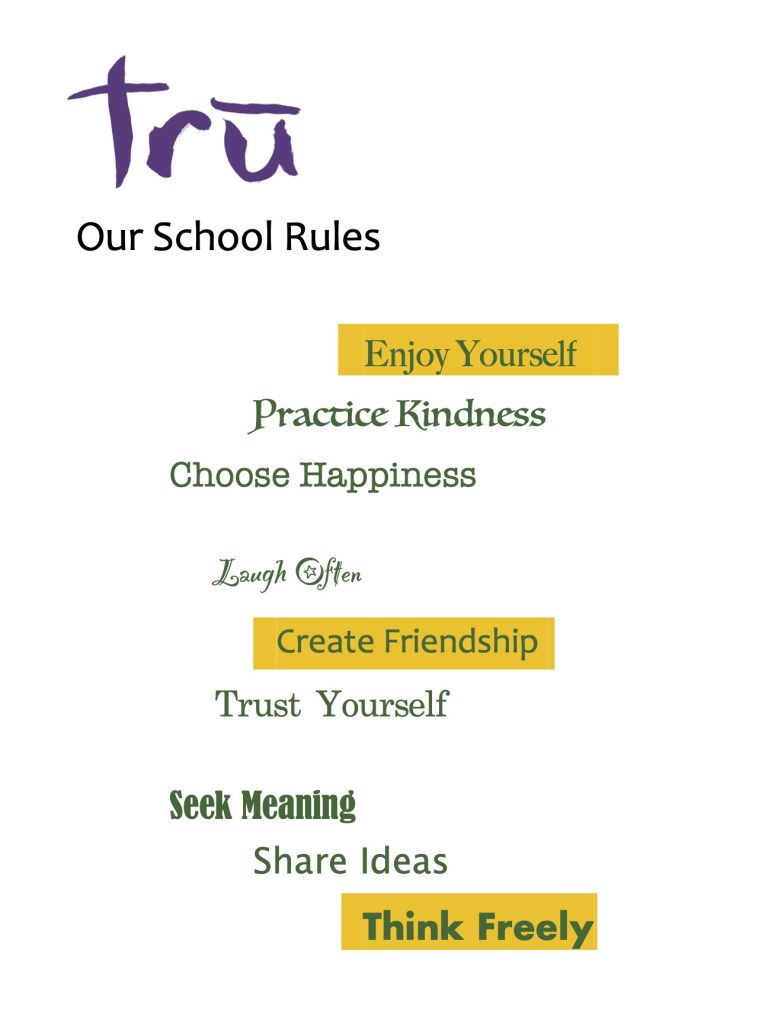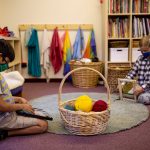The health of our students comes from a
balance of physical and mental well being.
The use of mindfulness training in schools is rapidly gaining ground as a simple way to support basic psychological health and learning readiness in students. The benefits of mindfulness are very well documented, across a multitude of measures:
- attention, emotional regulation, and well being
- sense of control, interpersonal relationships, and empathy
- immune functioning, memory, mental flexibility, and processing speed
These effects are so broad and fundamental that we believe all children should have regular exposure to the practice throughout school.
What does mindfulness look like? Children sit calmly, close their eyes if they are comfortable enough, and quiet their bodies. They may visualize a peaceful scene, guided by the teacher’s words. They observe their breathing. They notice sensations in their bodies or sounds in their environment. The teacher may play a chime so they can listen to the sound as it gradually fades.
The goal of mindfulness is a state of relaxed and positive mental and emotional equilibrium. It is happy, but calm—not wild and excited. Children, with all their natural exuberance, can come to appreciate this peaceful state. For many children, the realization that they can consciously change their state of mind is profoundly empowering. The reminder to focus on breathing in moments of stress can become an anchor in the stormy seas of the day or just a way to feel good about life.

Continue exploring what Trū has to offer







